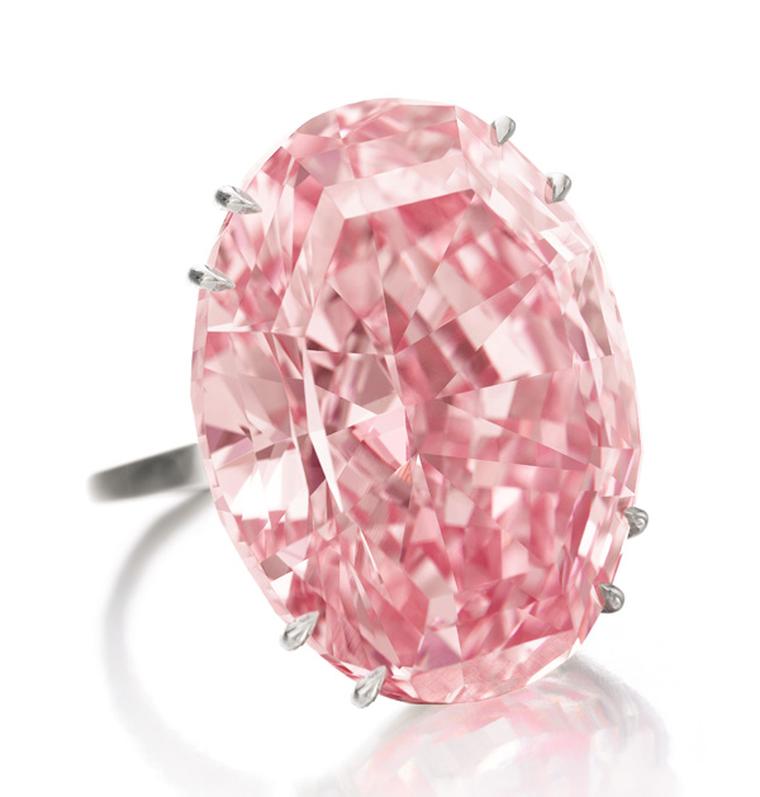
The most important collection of cameo and intaglio rings seen in the last century will go on sale at Bonhams in September.
The difference between cameos and intaglios is worth explaining: cameos are engraved gems with a raised relief image, while intaglio refers to an engraved gem with the design cut into the flat background of the stone.
Spanning over 2,500 years, the 101 rings in The Ceres Collection provide a rare and fascinating lesson in the history of cameos. The most ancient piece dates back to the 4th century BC while others range from the Renaissance period right through to the 19th century.
Assembled by an American family over a period of 60 years - from the 1930s to the 1990s - the collection is worth an estimated £100,000 and will be sold without a reserve.
One of the highlights of the collection is a cameo depicting a Roman lady of high rank, perhaps Empress Livia, wife of Emperor Augustus, which has a pre-sale estimate of £1,500 - £2,000.
Emily Barber, Director of Bonhams Jewellery Department, says: "Since ancient times, cameos and intaglios have been regarded as the discerning person's status symbol. With the sale of The Ceres Collection of 101 exquisite rings, Bonhams hopes to attract a new generation to appreciate the art of gem engraving."
Cameos and intaglios have been treasured and collected since antiquity. The early civilisations of the Near East, Mesopotamia, Assyria, Minoan Crete and Cyprus used intaglios as seals and means of identification as well as to demonstrate the owner's wealth.
The art of engraving underwent a revival during the Renaissance when portrait cameos of royalty and other important people were traded between collectors. The collecting of engraved gems became extremely popular in the 18th and 19th centuries . Regarded as an intellectual pastime, many great cameo collections were started at this time.
The rings that will be auctioned by Bonhams on 17 September 2014 feature a wide range of engravings, including ancient gods and goddesses, Greek and Roman mythological scenes and eminent figures such as Alexander the Great, Socrates, Julius Caesar, Hercules and Medusa. The oldest piece in the collection depicts a man's features carved into a Pharaonic stone scarab and is expected to fetch £3,000 - £5,000 at the auction.
Other significant pieces include a cameo of Emperor Tiberius, carved from a piece of translucent orange hessonite garnet dating back to the 18th-19th centuries. There are also several gems depicting the collection's namesake Ceres, the Roman goddess of fertility and harvest, including a 19th century intaglio in red carnelian stone. A Roman intaglio of Diana, goddess of the hunt, and her quiver of arrows carved from orange carnelian stone dates back to the 5th century AD. Set in a Byzantine gold mount it is offered for £1,000-£1,500.
Richard Falkiner, Fellow of the Society of Antiquaries and a world-renowned expert, says the collector's "consummate taste" is evident in the gems on offer and, as they are all mounted into rings, the pieces are also very wearable.
He adds: "There is a small pool of the finest examples of cameo and intaglio gems available, thus Bonhams' sale of the Ceres Collection is an opportunity to own a gem from this magical subject. It is an opportunity which may not occur again for a very long time indeed."







